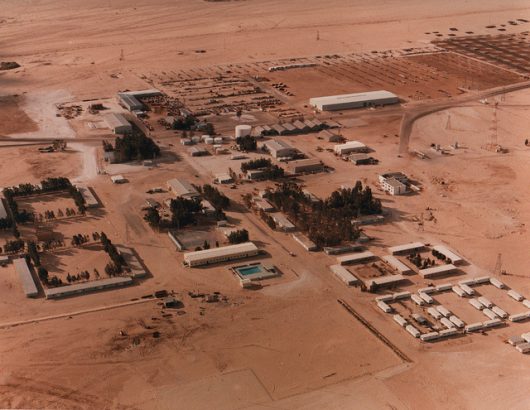10 Facts on Healthcare in Libya

Since the Arab Spring, Libya has been a hotbed of division. Ongoing internal conflict, economic stagnation and loss of infrastructure have affected one of the most important sectors: healthcare. Lack of help from the government and an influx of Syrian refugees are increasingly adding to the chaos. Here are 10 facts about the current state of healthcare in Libya.
- Prior to the 2011 Arab Spring, Libya had a functioning healthcare system that could fairly support its nation’s citizens. Post-2011, the complete division of the country into multiple governments left the healthcare system extremely underfunded.
- Healthcare in Libya before 2011 was mostly facilitated by foreign workers who fled once war broke out. Now, with a nearly decimated healthcare system, foreign workers from universal government organizations like Doctors Without Borders are the main providers of health services in the nation.
- In the last six months of 2016 alone, 60 percent of hospitals became inaccessible or closed. Hospitals and clinics have closed because of shortages of resources, including: Shortage of staff with experience, basic medicines such as insulin and basic equipment such as dialysis equipment.
- Healthcare in Libya has also become divided in two. East Libya’s government is recognized by the Western World with the capital of Tobruk, but the Western government based in Tripoli is controlled by rebels and the Islamic State.
- Mothers are heavily affected by the ongoing civil war in the country. The stress of life during the war has led to numerous miscarriages. Many pregnant women have also become anemic because they cannot access the right foods. Several women have even resorted to staying at home for their births, which has increased the number of deaths for mothers at birth because of lack of sanitation and medical knowledge. The International Medical Corps has set up a midwife and OBGYN pop-up clinic only for pregnant women.
- The influx of refugees and asylum seekers entering into Libya add another strain to the already collapsed healthcare system. The lives of all of these people are at risk because of the lack of a functioning asylum system.
- According to the World Health Organization, there are about 250,000 refugees, asylum seekers and migrants in Libya. They add to the already displaced 430,000 locals.
- Doctors Without Borders has set up seven mobile clinics in Tripoli and its bordering areas. As of December 2016, the organization’s doctors have performed 5,579 medical consultations, meeting with around 500 patients weekly. The consolations focus on infections, diarrhea, skin diseases and urinary tract infections. Many of these infections are caused by the lack of infrastructures caused by the war in the country. About 680,000 people are still in need of help to access clean water and sanitation.
- The mobile clinics, though helpful, also have problems of their own. Most do not have enough food to provide for their patients, feeding people by community bowls. Outside of the clinics, people in Libya are also struggling to eat, with 1.2 million people struggling to access food.
- Luckily, the World Health Organization has mapped out a Humanitarian Response Plan to improve healthcare in Libya. The plan is comprised of three steps:
- Making sure people have access to basic and lifesaving healthcare services;
- Reducing communicable diseases and outbreaks;
- Strengthening the entire healthcare system to allow hospitals to open up again so more people have access.
It is important to note that although the future of the Libyan government remains unknown, many organizations are coming together to help citizens receive some sort of healthcare. Hopefully, things will begin to look up for healthcare in the nation as a whole.
– Maria Rodriguez
Photo: Flickr
